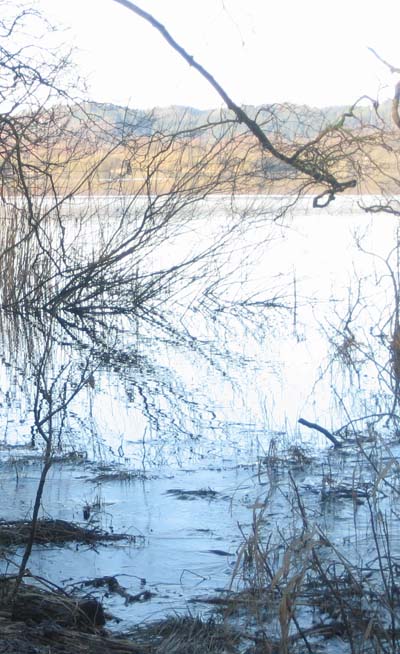Archaeology around Lake Ørnsø
At Lake Ørnsø there are several traces of the stone age's hunter community.
The settlements are especially situated on the low terraces around the river's expiration from the lake, where there have been good opportunities for hunting and fishing.
The sandy soil with only a little calcium has caused all organic material to disappear so that it is only the indestructible flint tools that remains.
Throughout the years, some flint waste has been collected on the settlements, but also actual flint tools, such as axes and knives. Small flint scrapers have been used for the processing of skins, wood and antler, and small chisels of flint have been used for the production of leg and deer tools. Microliters and arrowheads have been used on the hunter's arrows, showing that it is mainly fishermen from the Maglemose culture (about 5400 to 4000 BC) that have stayed along the banks of Lake Ørnsø.
Barrows
In the forest south of Lake Ørnsø is a single barrow, probably from the end of the Stone Age (around 2400-1800 BC), and further up in the Vesterskoven stretches a number of more than 40 barrows through the forest.
In the forest floor extensive traces of the Iron Age field systems shows that large parts of the areas now covered by forest have previously been cultivated.


